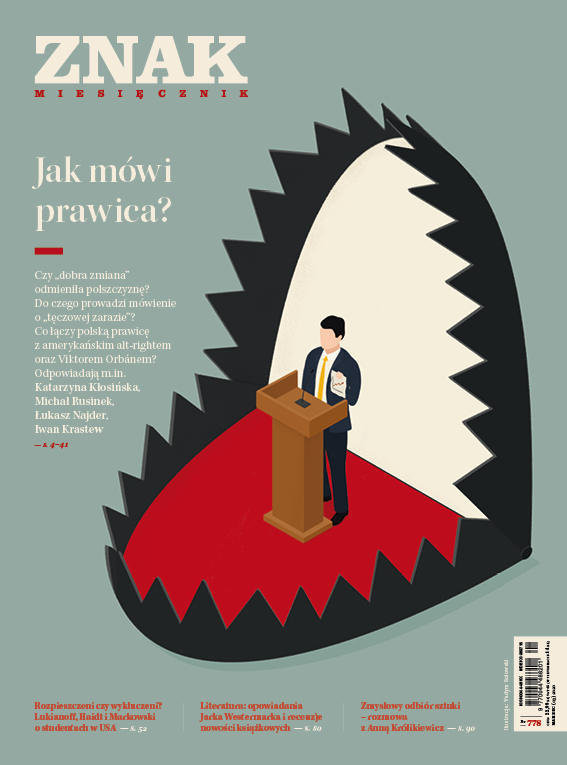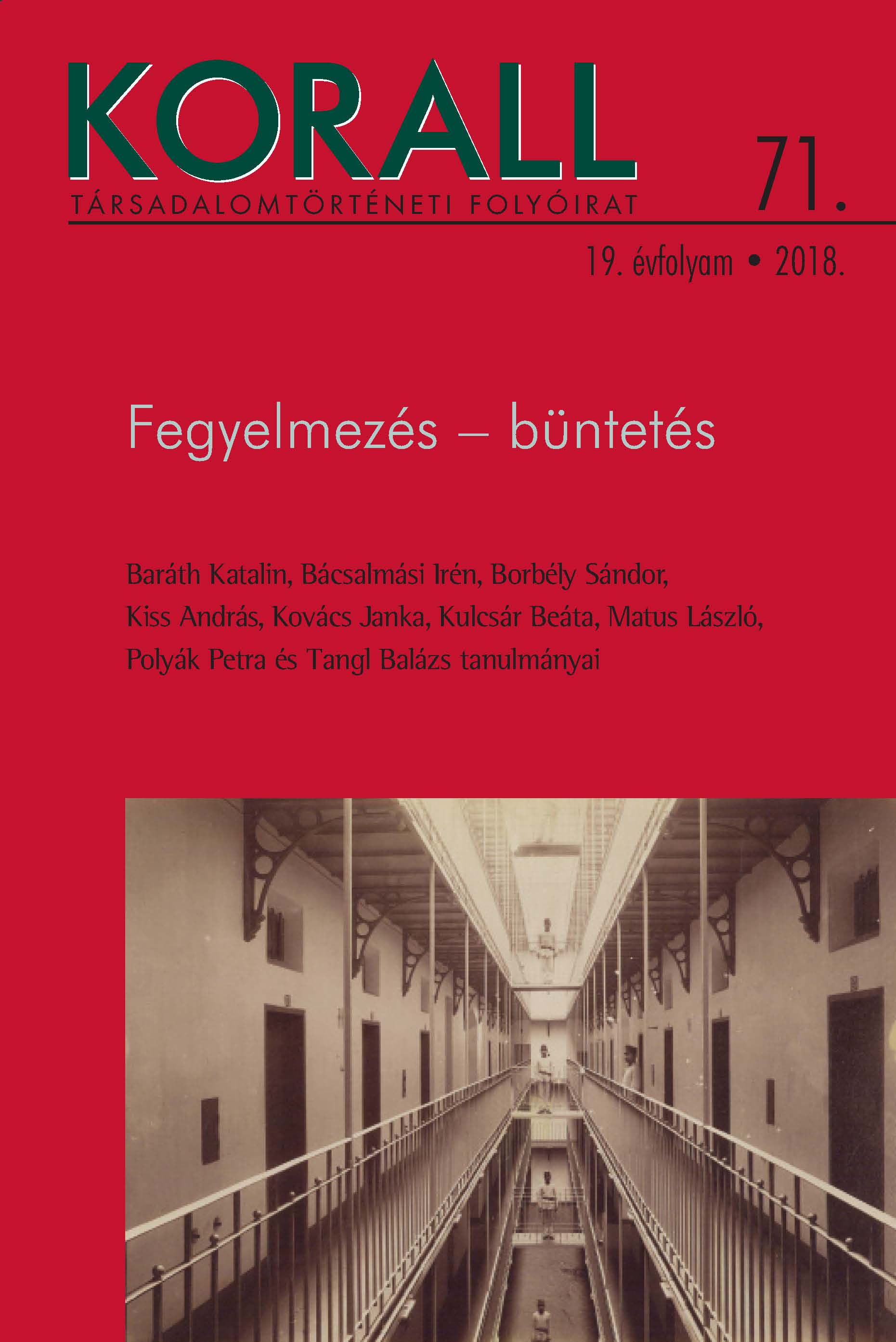
Martha Lampland: The Value of Labor. The Science of Commodification in Hungary, 1920–1956. Balogh Róbert
Martha Lampland: The Value of Labor. The Science of Commodification in Hungary, 1920–1956.Balogh Róbert
More...We kindly inform you that, as long as the subject affiliation of our 300.000+ articles is in progress, you might get unsufficient or no results on your third level or second level search. In this case, please broaden your search criteria.

Martha Lampland: The Value of Labor. The Science of Commodification in Hungary, 1920–1956.Balogh Róbert
More...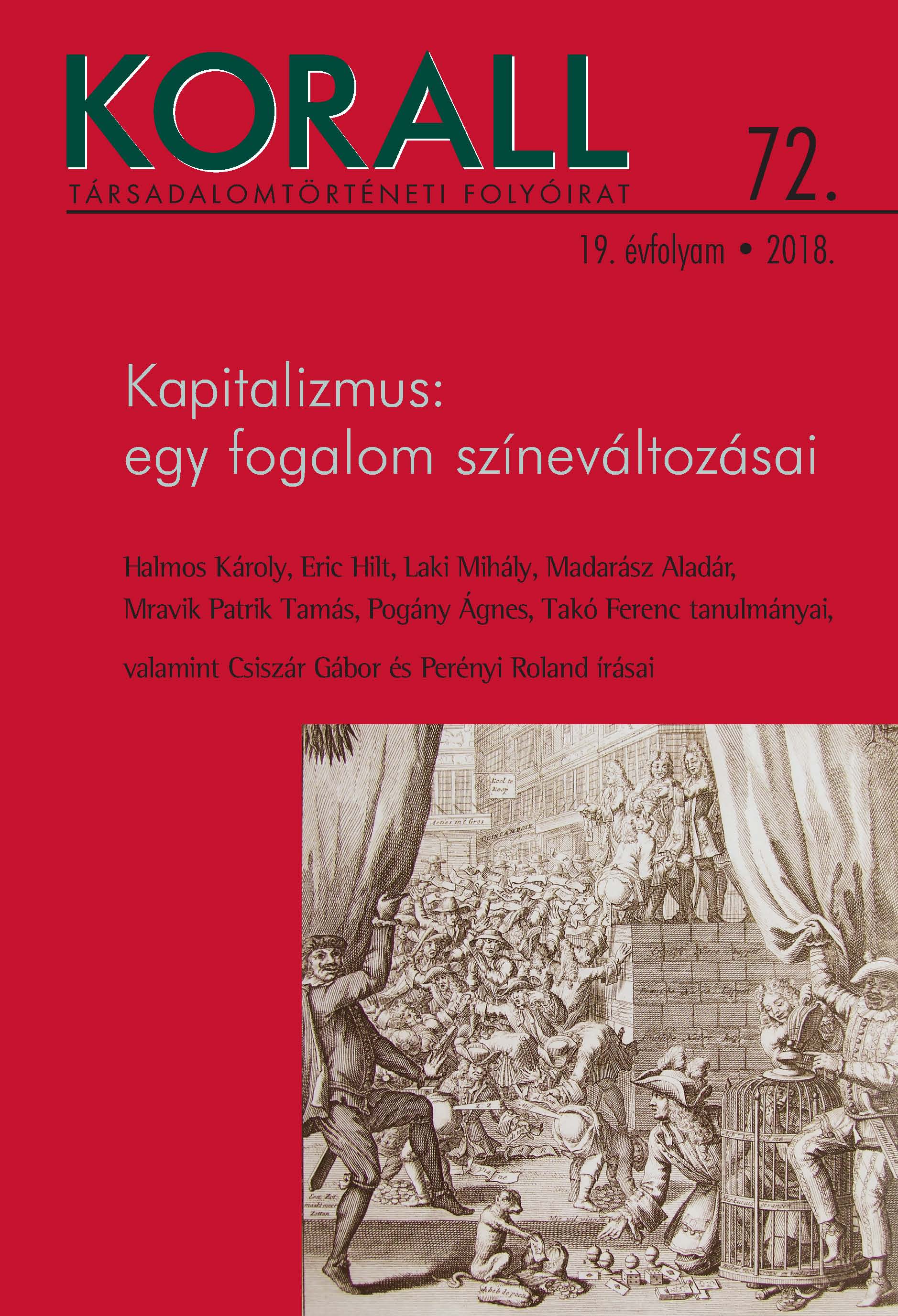
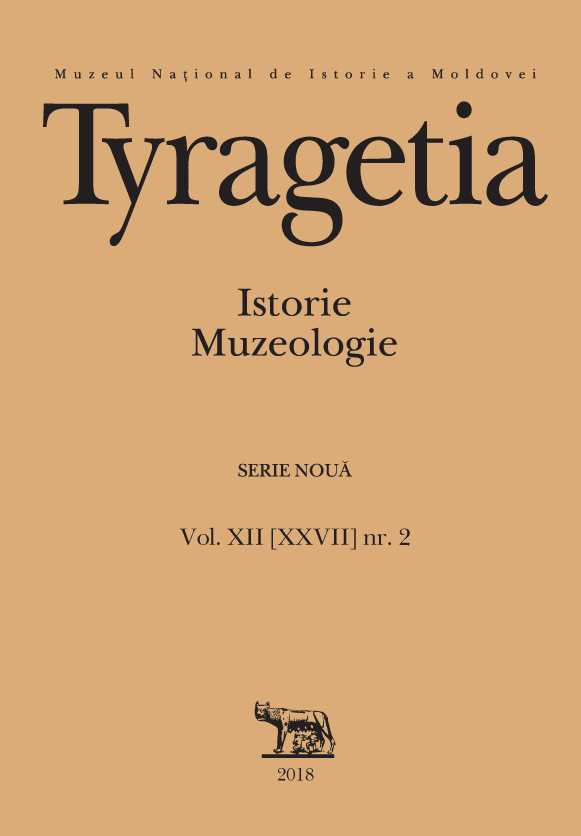
People have always been fascinated by time, and for its measurement natural rhythms (cycle of seasons, movement of stars) were first used, and then various devices with which help they organized their economic, social and religious life. In the Middle Ages the towers of the cathedrals and city halls were equipped with intricate mechanisms that could measure day and night, but not without errors for a 24-hour period. City clocks meant a lot in the life of society, becoming the subject of local mythology, and the buildings on which they were located became emblematic monuments.The clock installed on the tower of the Braşov Council House in the early 16th century was equipped with four dials located on the four sides of the tower. The bell had been setting in motion with the help of a wooden figurine. In the 18th century there was installed a bell sounding every quarter of an hour. In 1877, the city council acquired the mechanism produced at the Johann Mannhardt’s factory in Munich, which functioned until 2010, and then was replaced by another one, manufactured in 1890 by the same manufacturer.
More...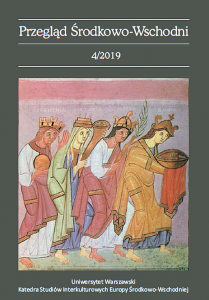
The article attempts to collect some materials about several buildings in Minsk that survive to this day and are associated with the events on June 23, 1941 – July 23, 1944: between the first and the last German bombing attack on the city, which set up a chronological framework for the period when the city was directly affected by the events of the World War II. The buildings that survive to the present day are listed alphabetically according to current addresses. The history of architectural objects before 1941 and after 1944 is reflected selectively, if it is essential for clarification of their fate under the German occupation.
More...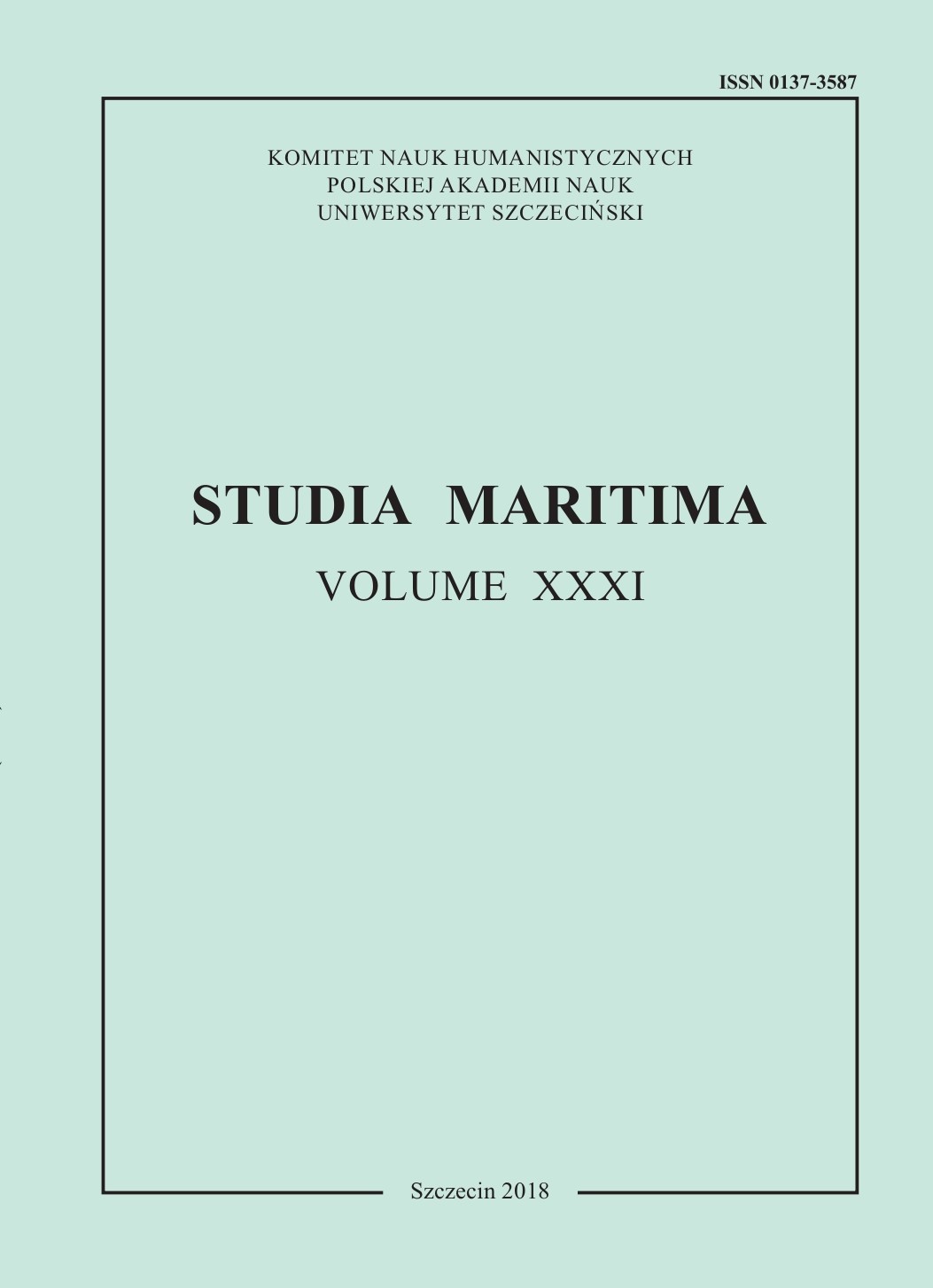
SummaryThe article outlines the achievements of the Polish historiography concerning the Nordic region, from the inter-war period to the present times. The problems dealt with are included in the two main trends of the Polish historical research concerning Scandinavian questions: the topics of Polish-Nordic relations of any kind, and the topics of the history of Scandinavia itself and of the Nordic region. The third trend, much weaker than the two others, comprises the comparative studies concerning the social history, the history of states and cultures. Still another trend, the edition of sources to the history of the Nordic region, is hardly to be found in Polish historiography.The article is also a review of the main centres of Scandinavian studies in Poland, both individual scholars, single historians functioning at departments of history at universities, and institutional centres of Polish Scandinavian Studies, especially the ones which carry out research into the whole region in an interdisciplinary approach: into languages, literature, culture, politics, economy and history. Some emphasis has been put on the weaknesses of the Polish research concerning the Nordic region, especially the ones resulting from the inability to use original archival materials and sources.
More...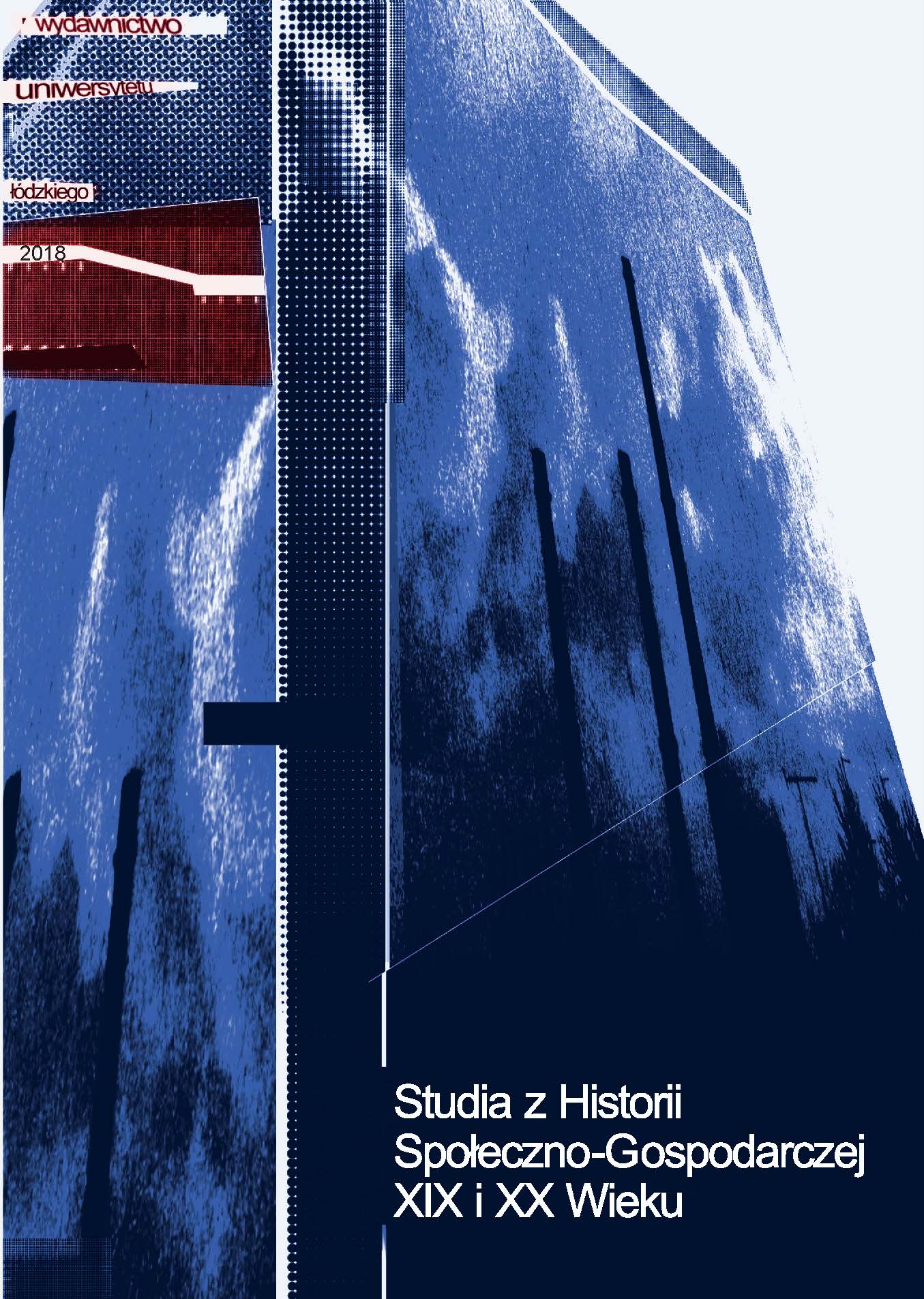
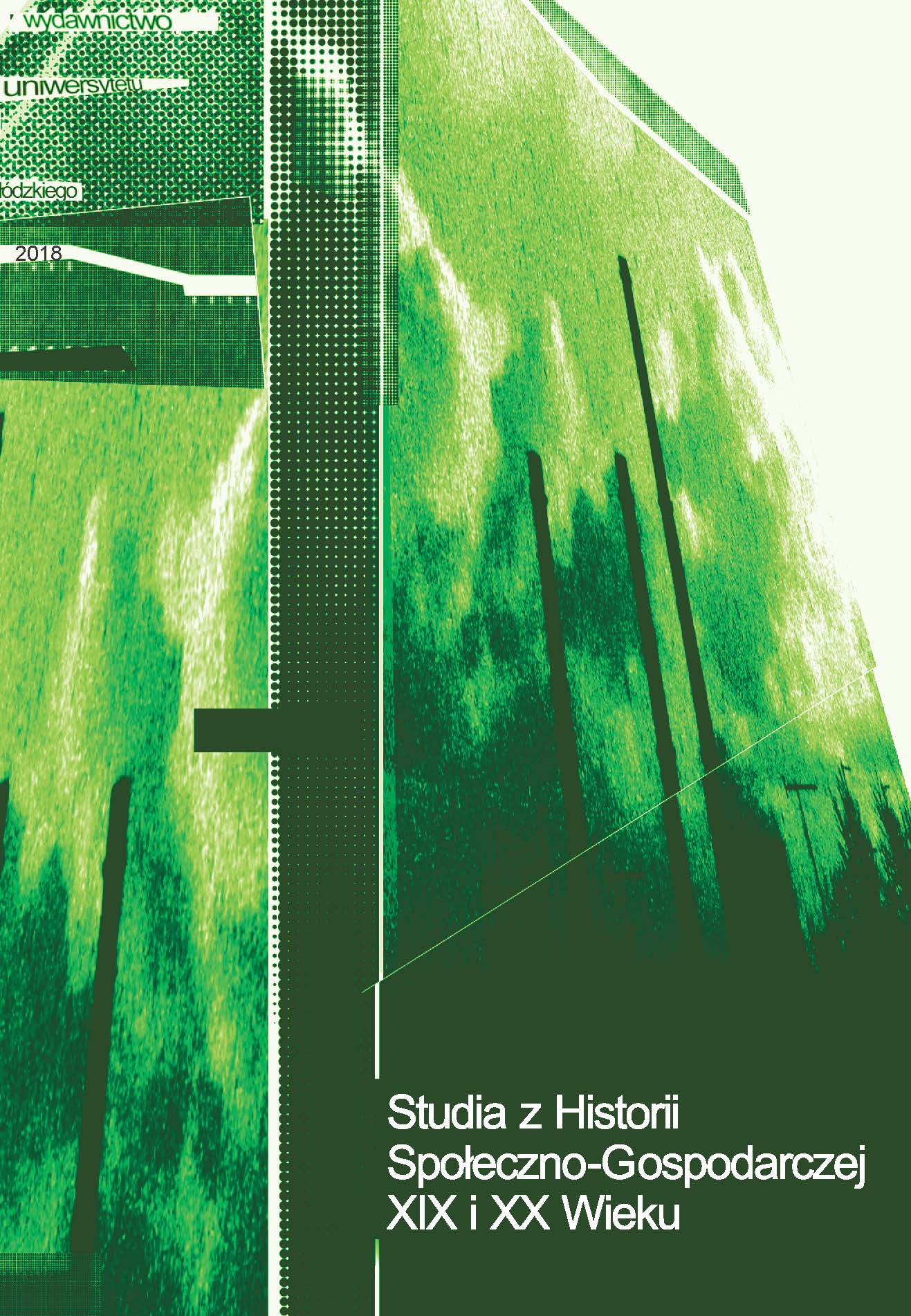
The purpose of the article was to remind Edith Stein and her activity on the field of the education and empowerment of women. As a young girl and student, she recognized herself as a suffragette, and her attitude and actions – pedagogical, social and political – fit her into the first wave of feminism. On the other hand, her further educational, scientific and journalistic activities let recognize Stein as a precursor of later academic feminism.
More...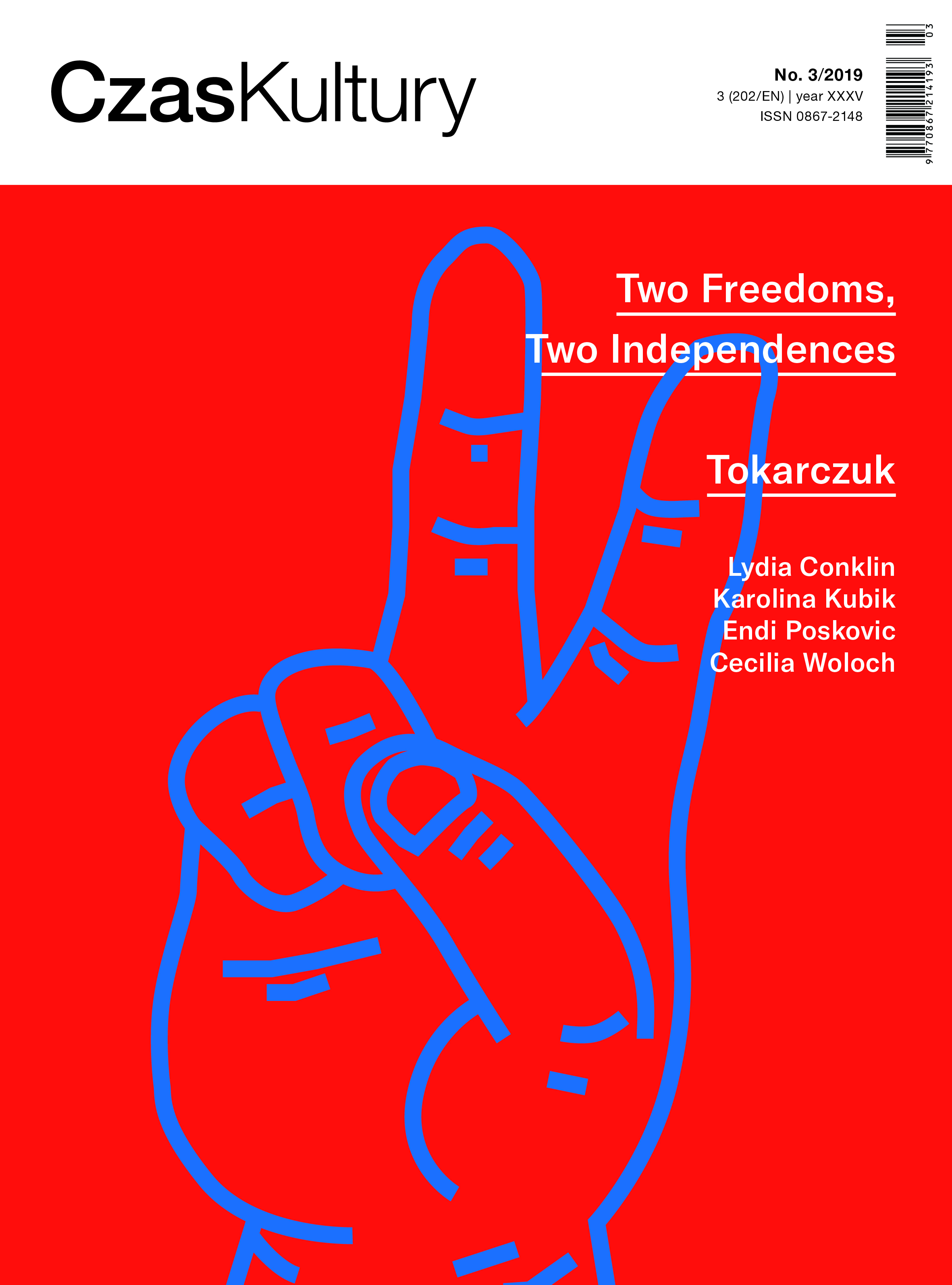
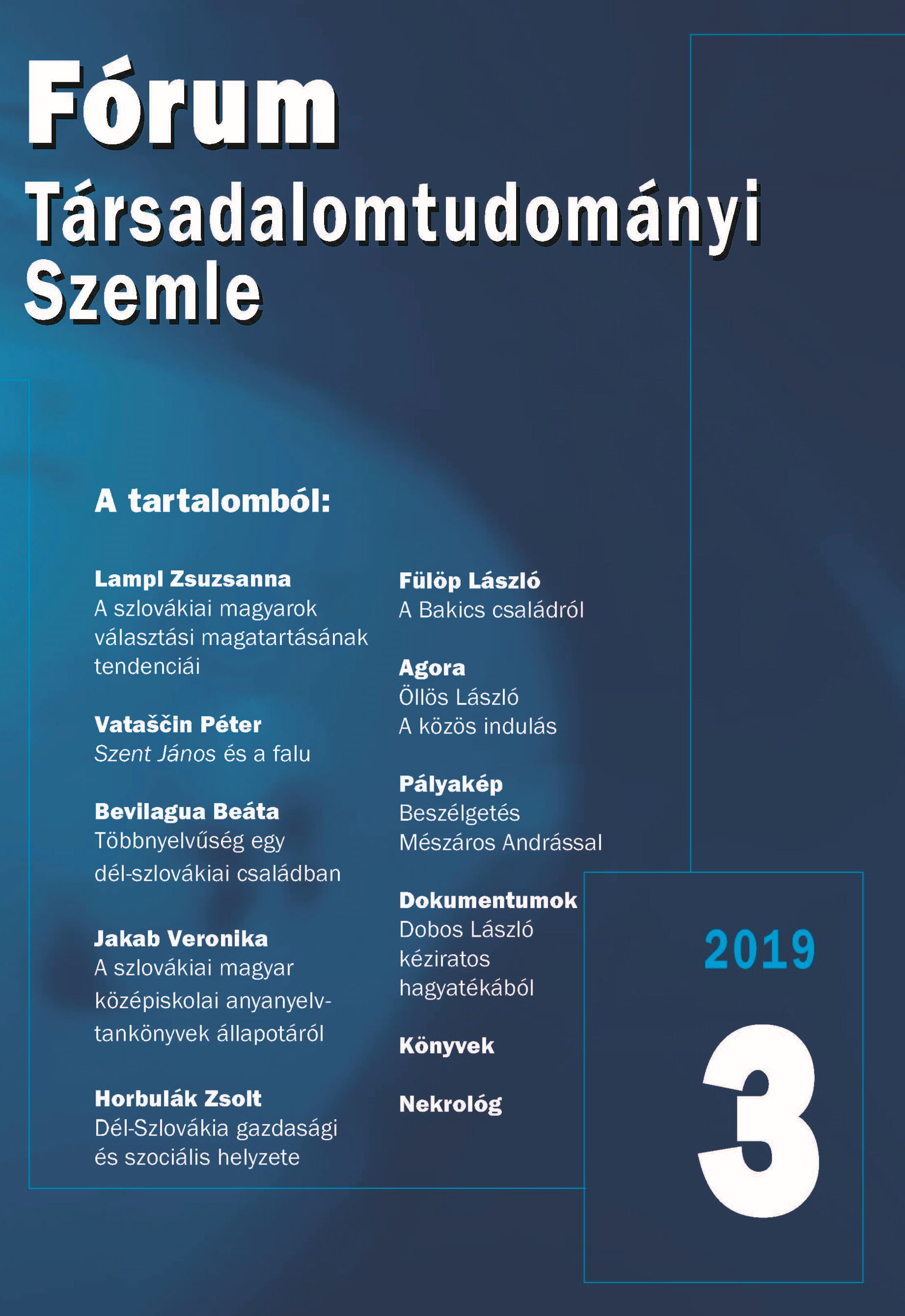
The 10 documents published in this volume belong among the yet undisclosed manuscripts of the writer–politician. Among the heterogeneous texts there are genres such as bibliography, polemic article, statement, recollection, confession, interview etc.
More...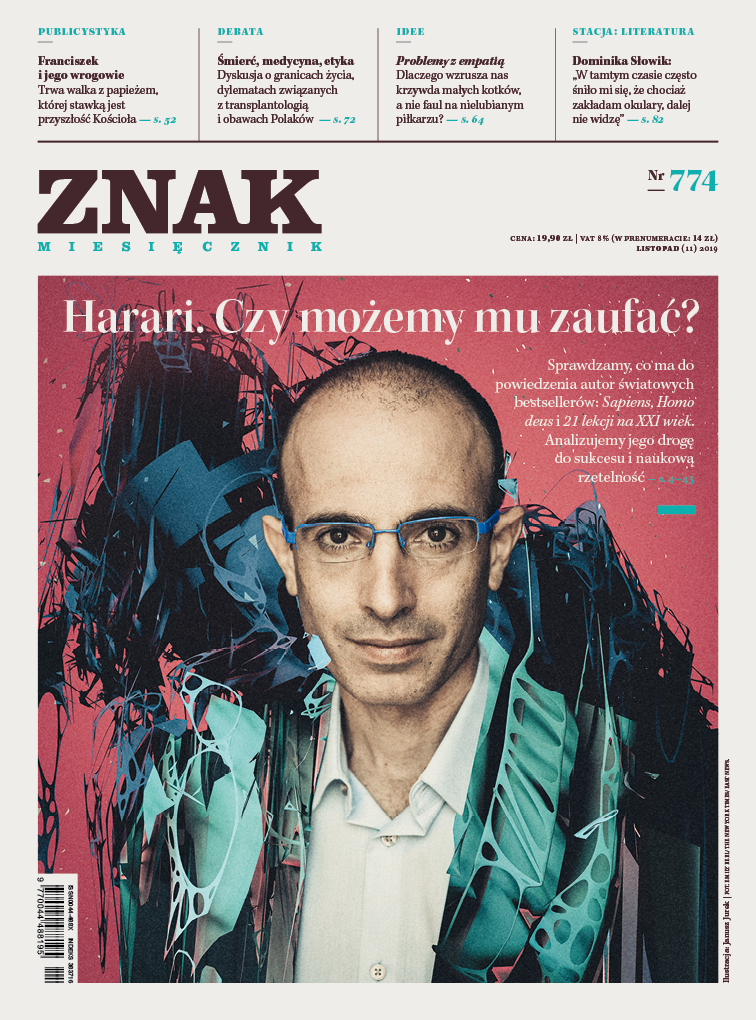
The beginning of icareteyn is one of the main problems of Ottoman legal historiography. While some studies dealing with the icareteyn are available, there currently remain unresolved questions about its structure, rules, and mechanisms on the theoretical level, and about its origin, early beginnings, and evolution on the level of actual practice. It is commonly accepted by historians that the icareteyn system started in 1611. However, some examples drawn from archival documents call this date into question.In spite of references to this disputed subject in early publications, there has been no detailed study on this subject. This work, based on archival documents, aims to shed light on the historical development of the icareteyn and to look closely at some sample cases from its formative period. First, it examines the general structure of the icareteyn, one of the pious foundations’ tools for securing revenue, and it traces the system backwards from 1611. It then discusses whether an alternative dating can be established in light of the concrete sample cases.
More...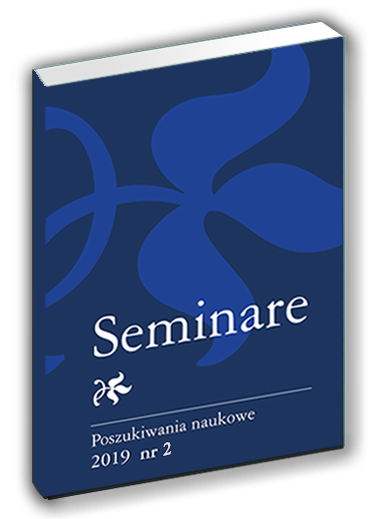
Pod koniec XIX wieku ks. Jan Siemiec rozpoczął działalność opiekuńczo-dydaktyczną wśród dzieci i młodzieży na Powiślu w Warszawie. Na zakupionym placu zbudował gmach mieszczący szkołę, internat, warsztaty i kościół rektoralny pod wezwaniem Świętej Rodziny. W 1919 roku zarząd Fundacji przejęli salezjanie, którzy rozbudowali zakład, przenieśli zarząd inspektorii z Oświęcimia, Wydawnictwo Salezjańskie i Centralne Biuro Pomocników Salezjańskich. Od 1923 roku w Salezjańskiej Szkole Rzemieślniczej wprowadzili Dział Graficzny. Warsztaty drukarskie i introligatorskie pełniły jednocześnie zadania drukarni salezjańskiej.
More...
W czasie okupacji w latach 1939-1945 niemieccy ludzie nauki i kultury, w imię ideologii narodowosocjalistycznej, rugowali polskość z dziejów Gniezna. Konsekwentnie w kulturze widzieli jedynie oręż do umacniania w nim niemczyzny. Ich reinterpretacja historii miasta, kłamliwa i niespójna, była teoretyczną podstawą polityki kulturalnej, adresowanej wyłącznie do Niemców. W proces umacniania niemczyzny wciągnięto zarówno kulturę masową (np. projekcje filmów), jak i kulturę wysoką, a także niezrealizowany projekt muzeum regionalnego.
More...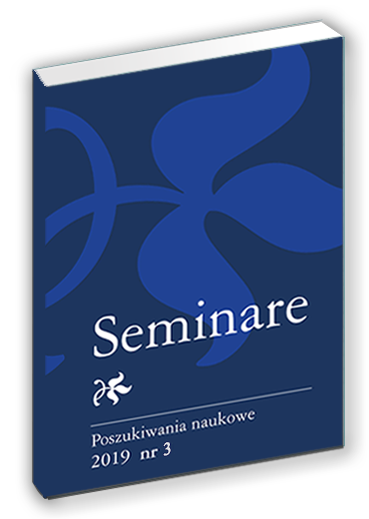
Pontificale Plocense from the 12th-century is one of the first Polish pontificals entirely preserved to this day. Among liturgical ceremonials, there is a rhymed officium about St. Catherine of Alexandria. Its music bears some explicitly characteristic features of the late Middle Ages monody. A condensed musical style reveals a departure from the initial esthetic assumptions and it presents another possibility of performing the Gregorian chant. This officium, apart from following the compositional principles prevailing in Europe at that time, provides evidence that the Middle Ages were also an era seeking new forms of expression.
More...
The present article concentrates on the role of Archbishop Antoni Baraniak in the Polish Episcopate in the difficult period of the communist dictatorship. Despite numerous studies on the history of the Catholic Church in the People’s Republic of Poland, the steadfast bishop’s biography has not yet been written. The undertaken analysis is aimed at rectifying this lack of information on the activity of Polish bishops. The Metropolitan of Poznań became a recognized authority in the course of works on the forum of the Main Commission and the Plenary Conference of the Episcopate. He enjoyed the trust of other hierarchs, including Cardinal Stefan Wyszyński, who regarded him as one of his most important collaborators, especially in the years 1957-1967 when he became the second important figure of the Polish Episcopate. For this reason, he was entrusted with the most delicate and difficult tasks, such as the preparation of the Statute of the Polish Episcopate Conference, or the chairmanship of the Commission for the clarification of charges against Bishop Czesław Kaczmarek.
More...
From the beginning of his service in the Przemyśl Diocese, bishop Ignacy Tokarczuk performed his pastoral activities with great vigor and dedication and was, therefore, the most important “object” of the operational work of the PRL’s Security Service (a Polish acronym: SB) in the south-east of Poland. The Security Service undertook number of operational activities against him. He was surrounded by an organized network of secret the security’s collaborators that informed about the bishop’s plans and deeds and realized some operational tasks. By means of disintegration and disinformation activities, the security tried to damage his reputation in the society and in the church circles as well as limit his pastoral activity. Despite great efforts, huge expenses and involvement of many people in this process, the security managed neither to intimidate nor to destroy the bishop.
More...
Der Beitrag geht von der Tatsache aus, dass die Rezeption geschichtlicher Persönlichkeiten und derer Verdienste vielseitig und auch kulturbedingt geprägt ist. Um dies zu verdeutlichen, möchte ich verschiedene, mit Lutherjubiläen verbundene Lutherbilder miteinander vergleichen. Dabei wird ersichtlich, welche politischen, theologischen, geistesgeschichtlichen Anschauungen dominant waren, und wie diese die Rezeption der Reformation und das gegenwärtige Bild Luthers geprägt haben. Die diachronische Untersuchung wird hierbei notwendigerweise durch den Einfluss der heutigen Popkultur auf die Lutherwahrnehmung und -deutung ergänzt.
More...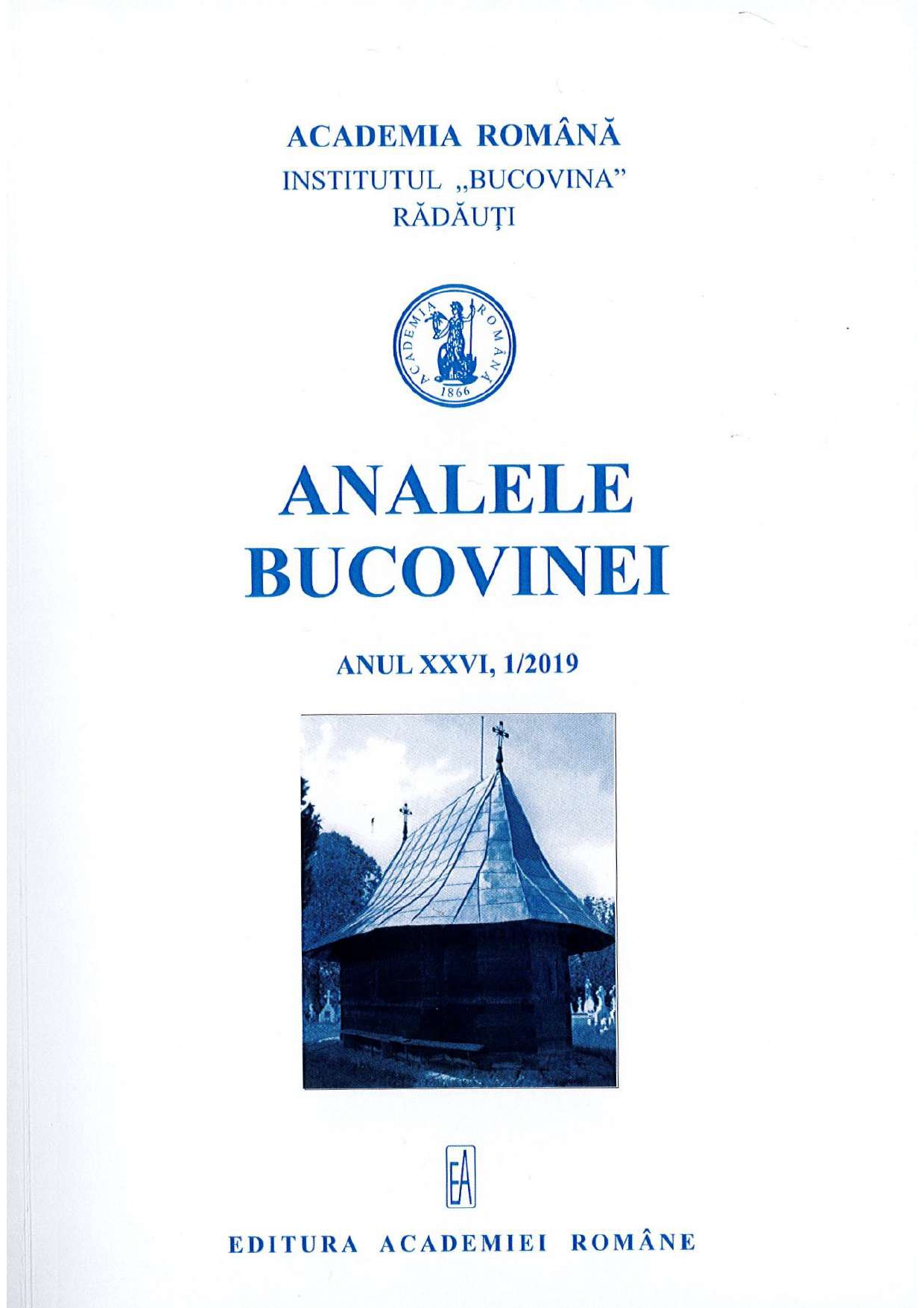
The midwifery education in Bukovina is neither a distinct episode of a single story nor a crucial innovation in the imperial province's history. It rather illustrates the way in which, in a highly agrarian region, the Austrian regime introduced new, uniform and modern medical practices. The model of midwives' professionalization was tested in Vienna then implemented throughout the monarchy. Thus, the article tries to capture the main stages of training for Bukovinian midwives in a school dedicated exclusively to this domain. By the middle of the nineteenth century, the midwives' education was formally initiated and regulated by central and provincial political representatives; with regard to the medical knowledge, it was offered by professionals, surgeons and physicians trained in academic centers such as Vienna and Lemberg. At first glance, this initiative would have led to the“medicalization” of a physical process commonly referred to as “natural” or “ordinary” , devaluing (but not suppressing) the activity of traditional midwives. The recruitment conditions of the candidates, the teaching strategies, as well as the restrictions and rules that needed to be followed by the future midwives reflects not only the social and medical imperatives, but also the unifying and modernizing intentions of the authorities. From a historical perspective, the response of the feminine population to the officials' calls for schooling and the statistical data showing the social realities and the mentality of the time are undoubtedly interesting and worthy of note. However, there remains the question that may lead to other socio-historical investigations: which was, ultimately, the benefit of “educated midwives”and how or whether the women of Bucovina took advantage of the medical knowledge acquired by their fellows in the Midwifery School of Chernivtsi.
More...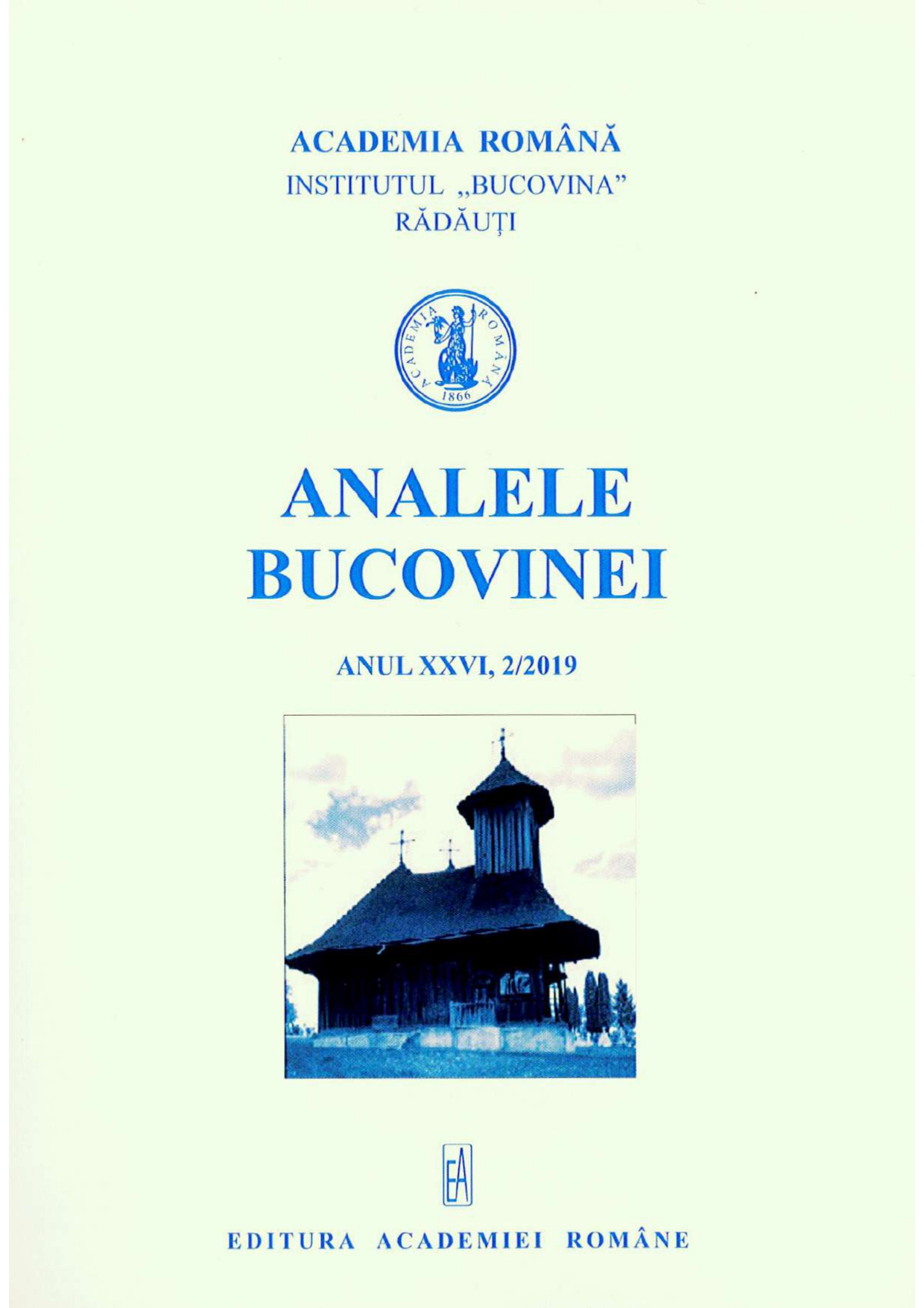
Favored by precarious socio-economic conditions, lack of education and hygiene and a particular behavior, social diseases found in Bukovina in the 1900s a favorable land for their spreading. The statistical knowledge of social issues brought the doctors and provincial officials closer to a complex and sad reality. The medical reports unveiled a less pleasant image of society, showing a pressing need for reforms. The transition from “misery, poverty and carelessness” to “the danger of infections and diseases” imposed a great vigilance of the authorities towards the province’s population.On such a background, the fight against tuberculosis was born. Subsequently, the debates in intellectual circles were combined with administrative and legislative initiatives. Treating it superficially would have affected the vitality of the provinceʼs inhabitants, and this could represent a risk for the whole empire.Unfortunately, many of the projects elaborated in the years preceding World War I were partially implemented due to unsatisfactory financial aid.In spite of the plans proposed by doctors and public officials and the intentions of the “Association for the Fight against Tuberculosis”, the number of tuberculosis patients (relative to the population of the province) remained high enough to impose new measures to mitigate the risk of contamination and death.
More...